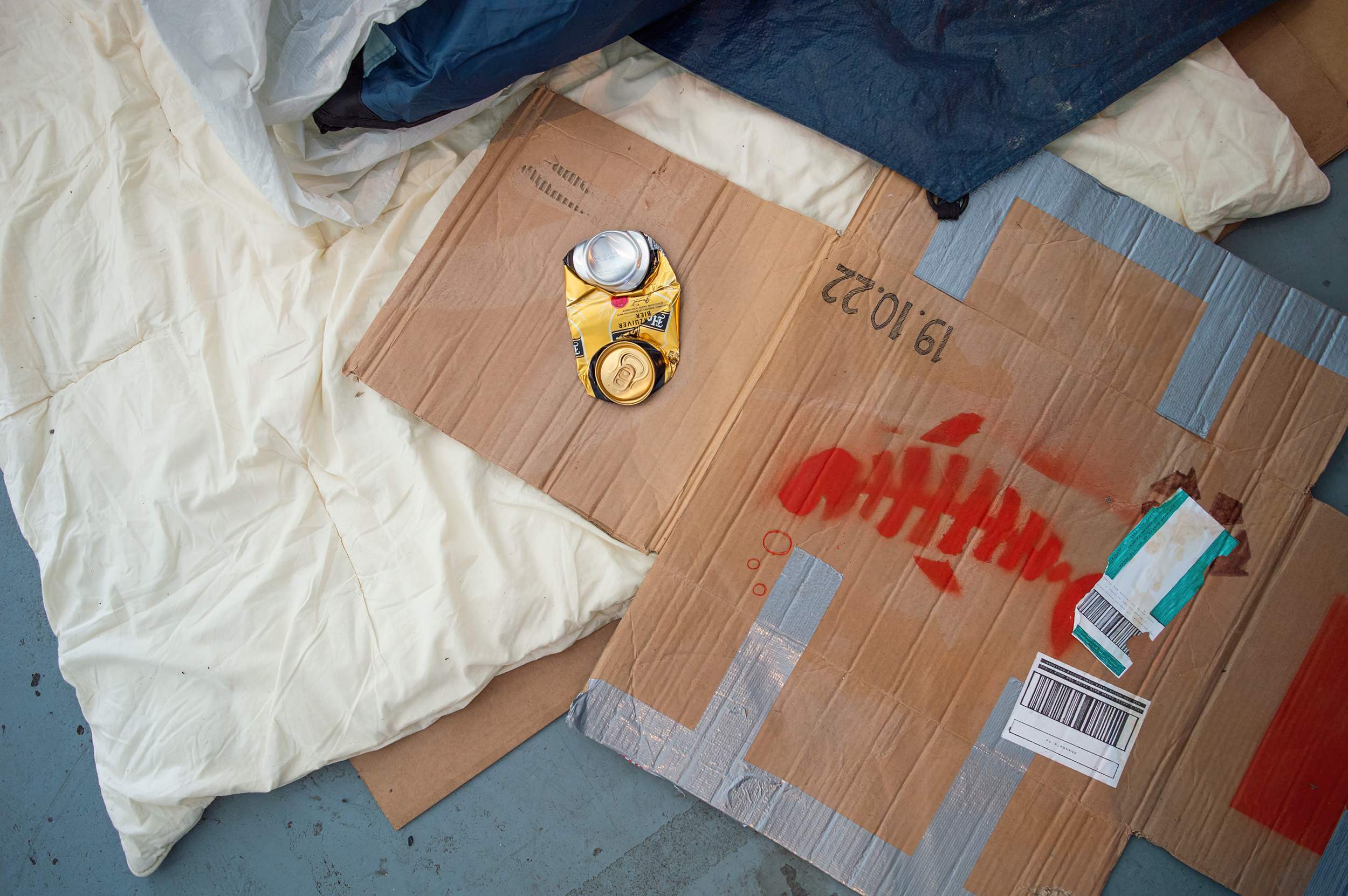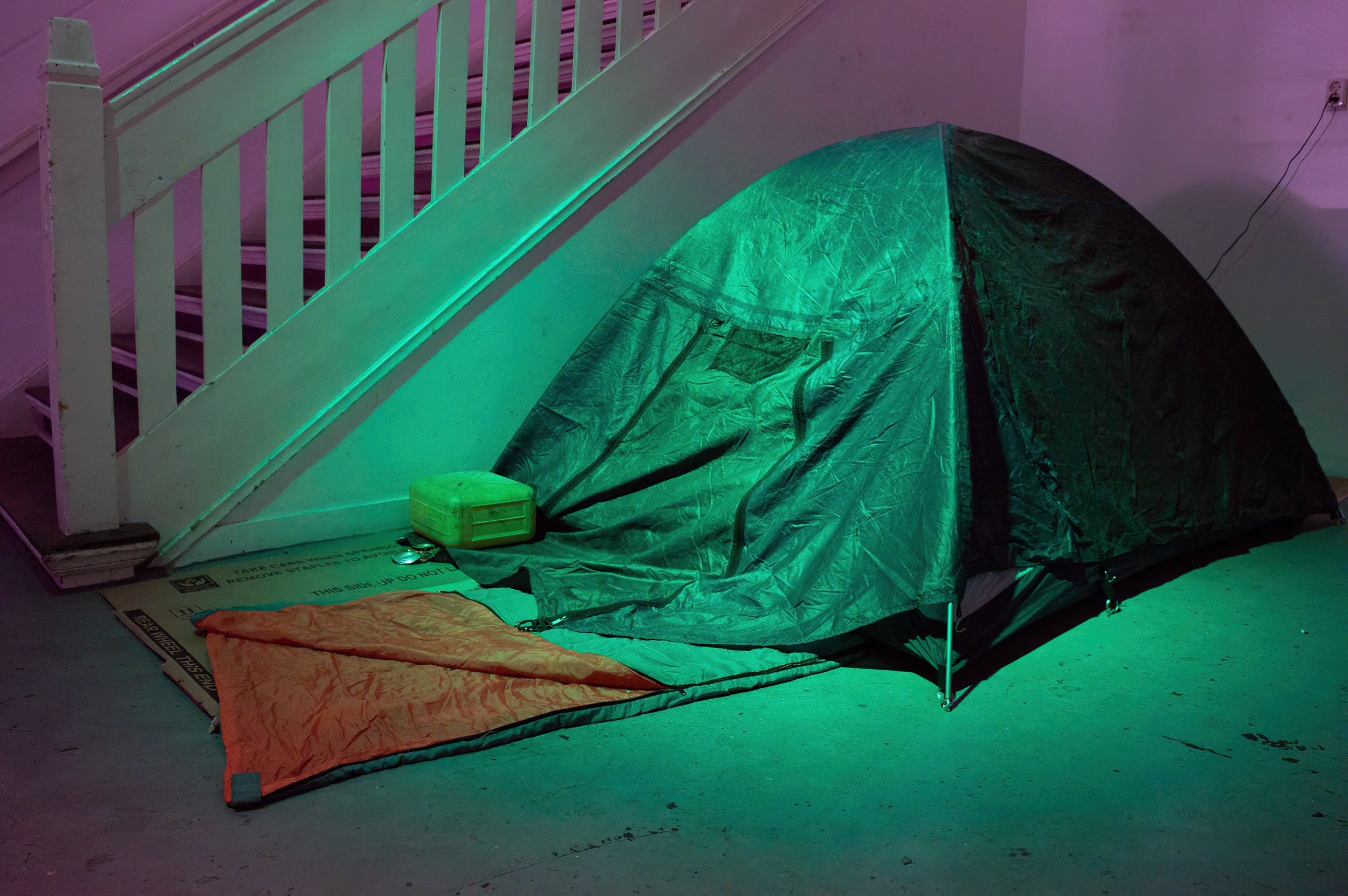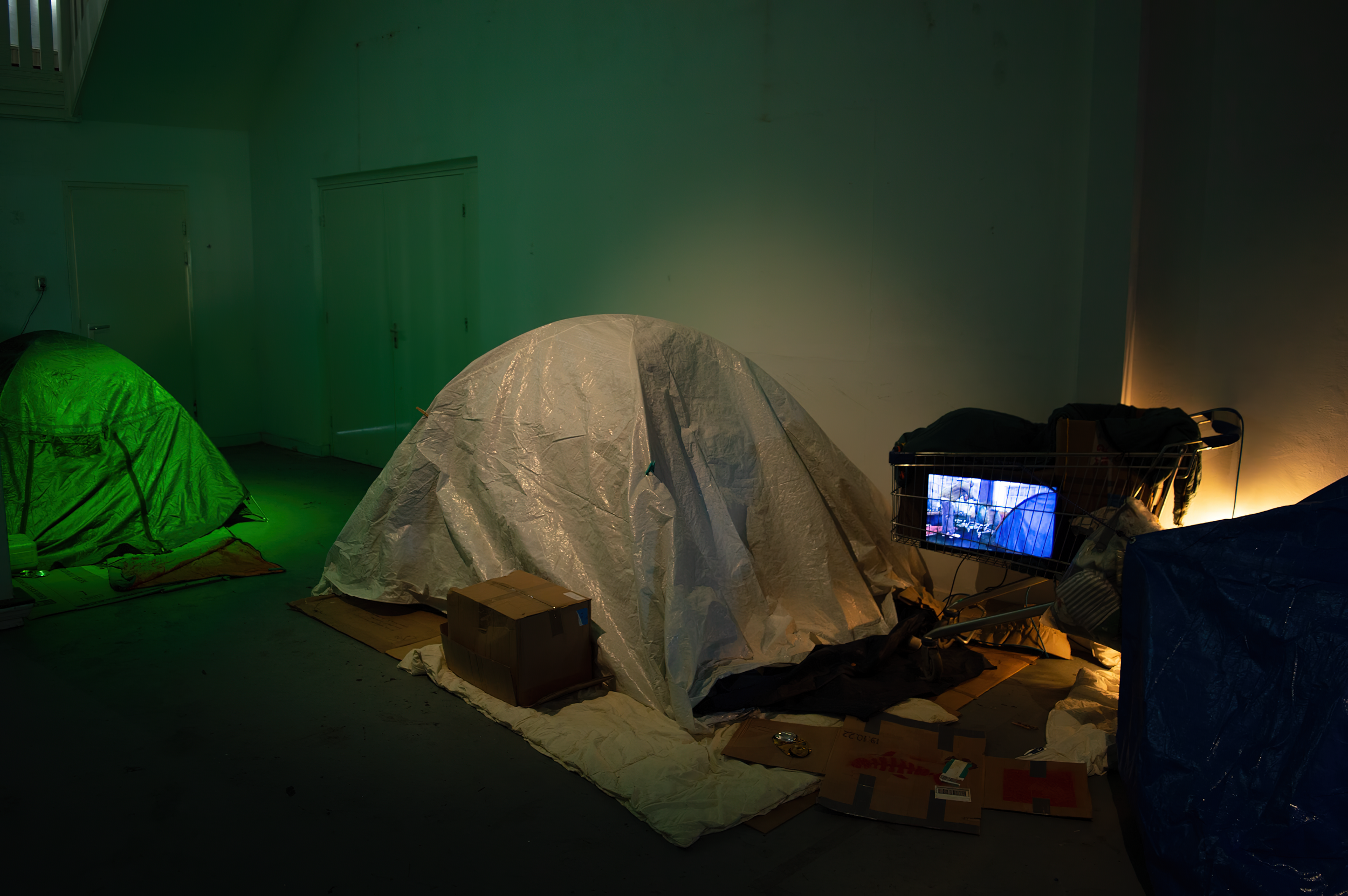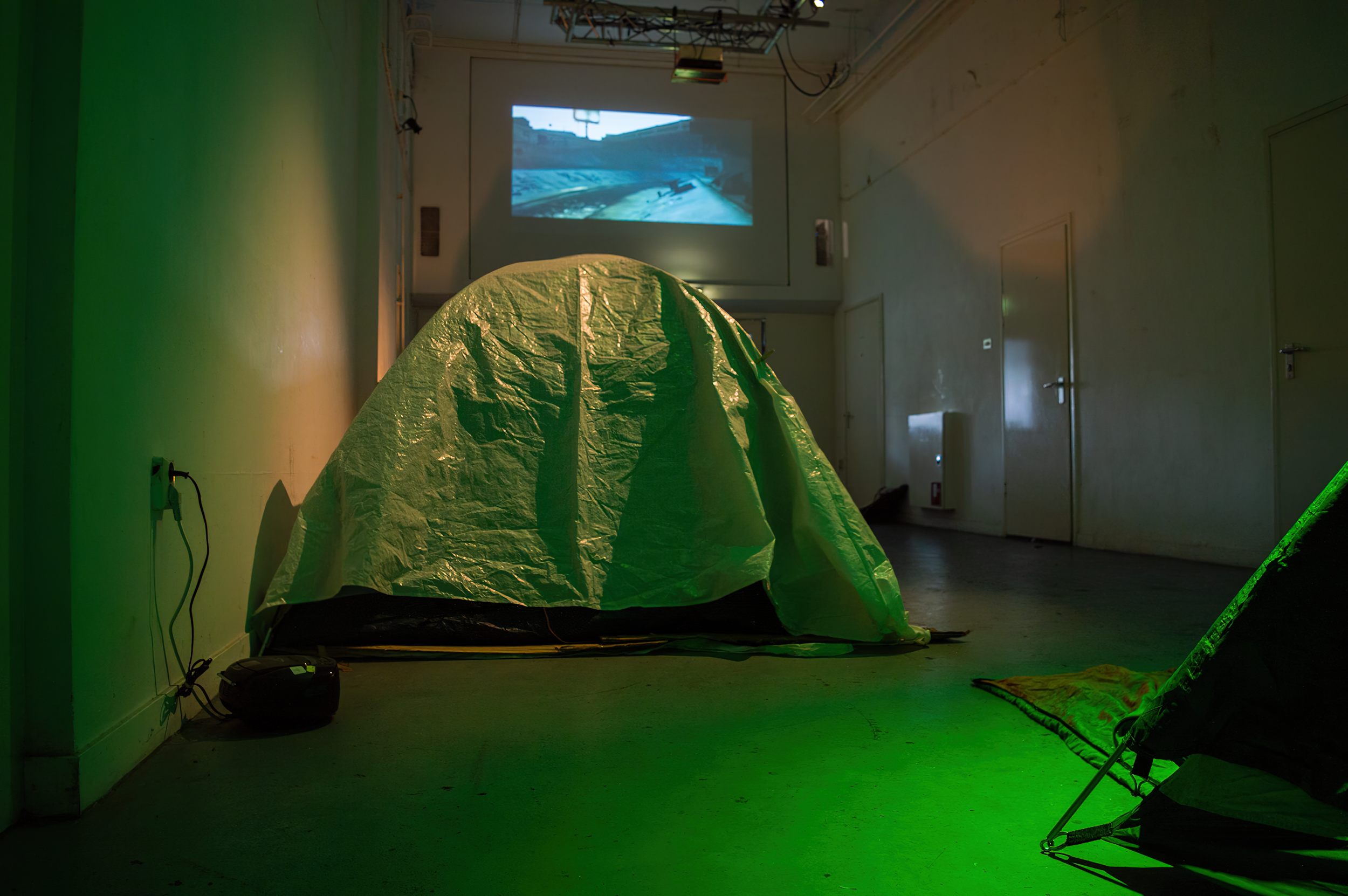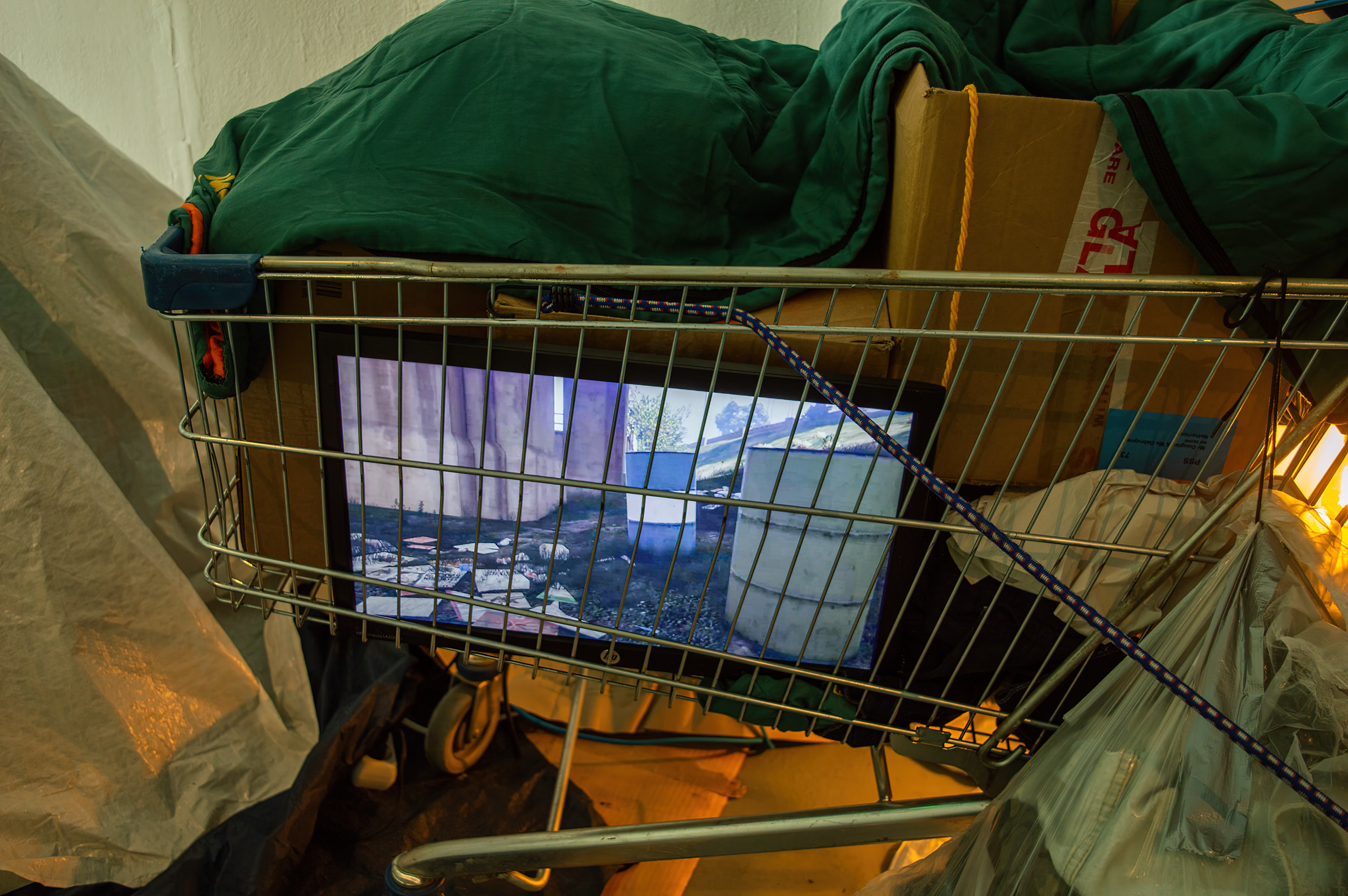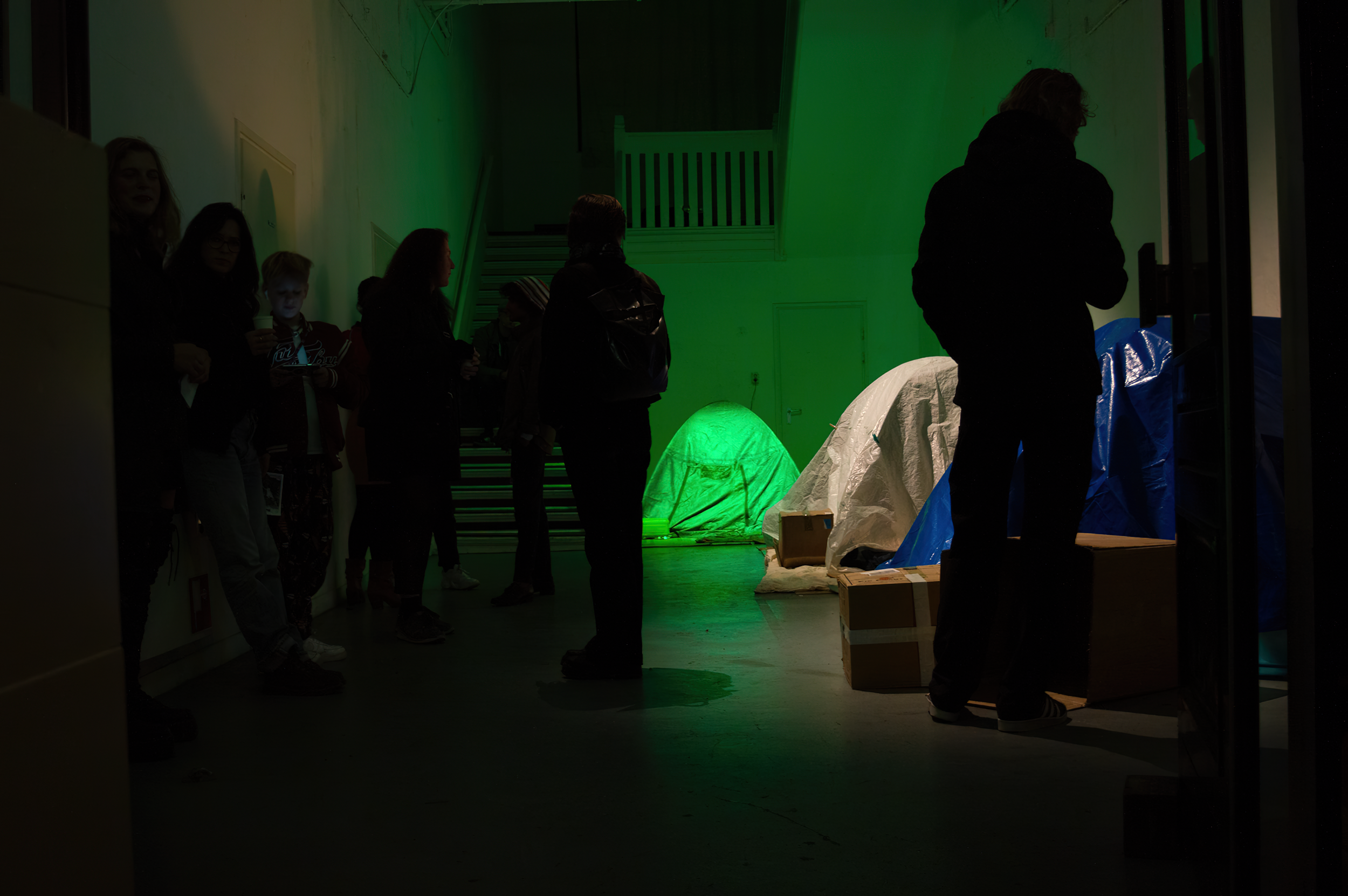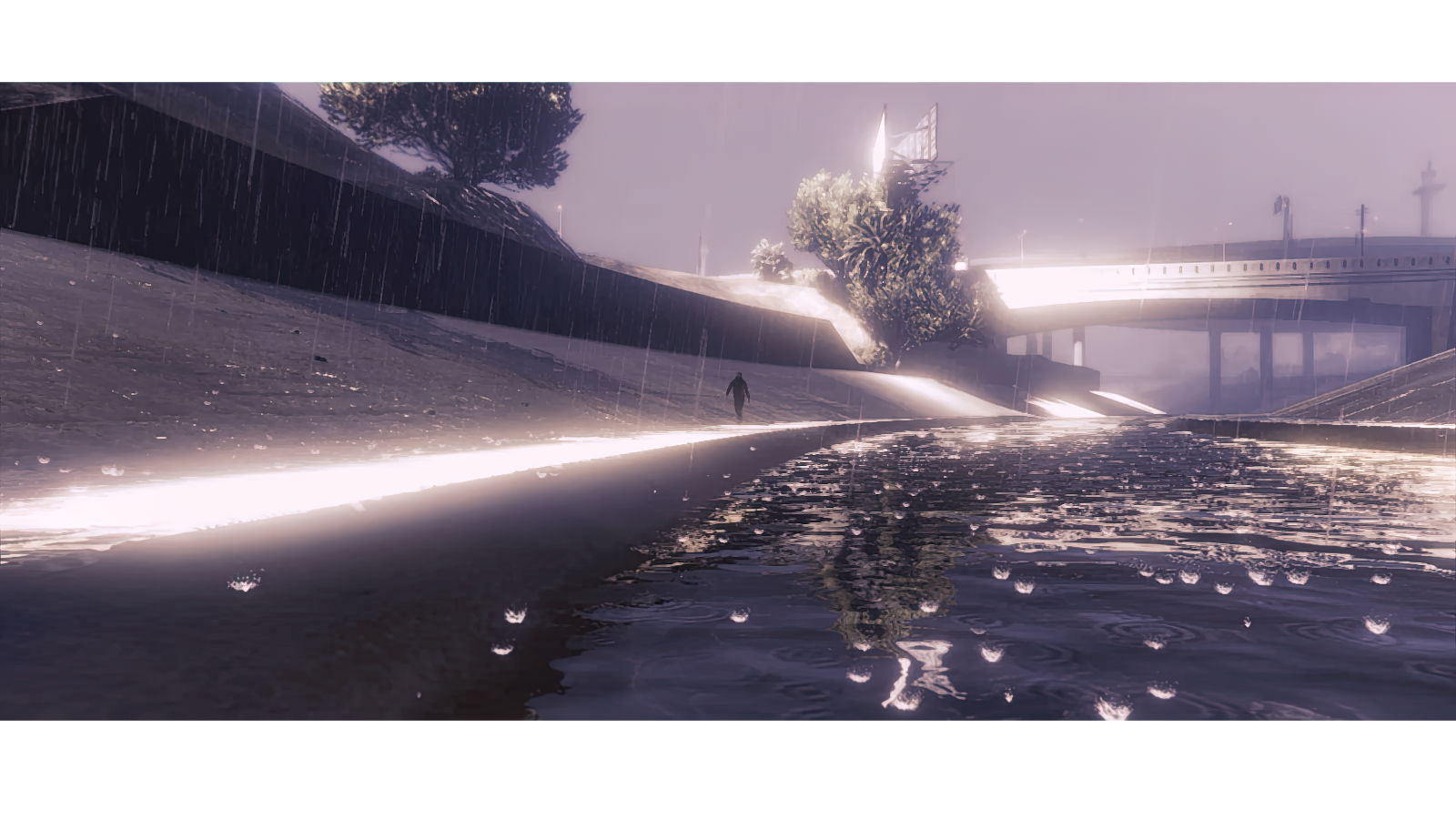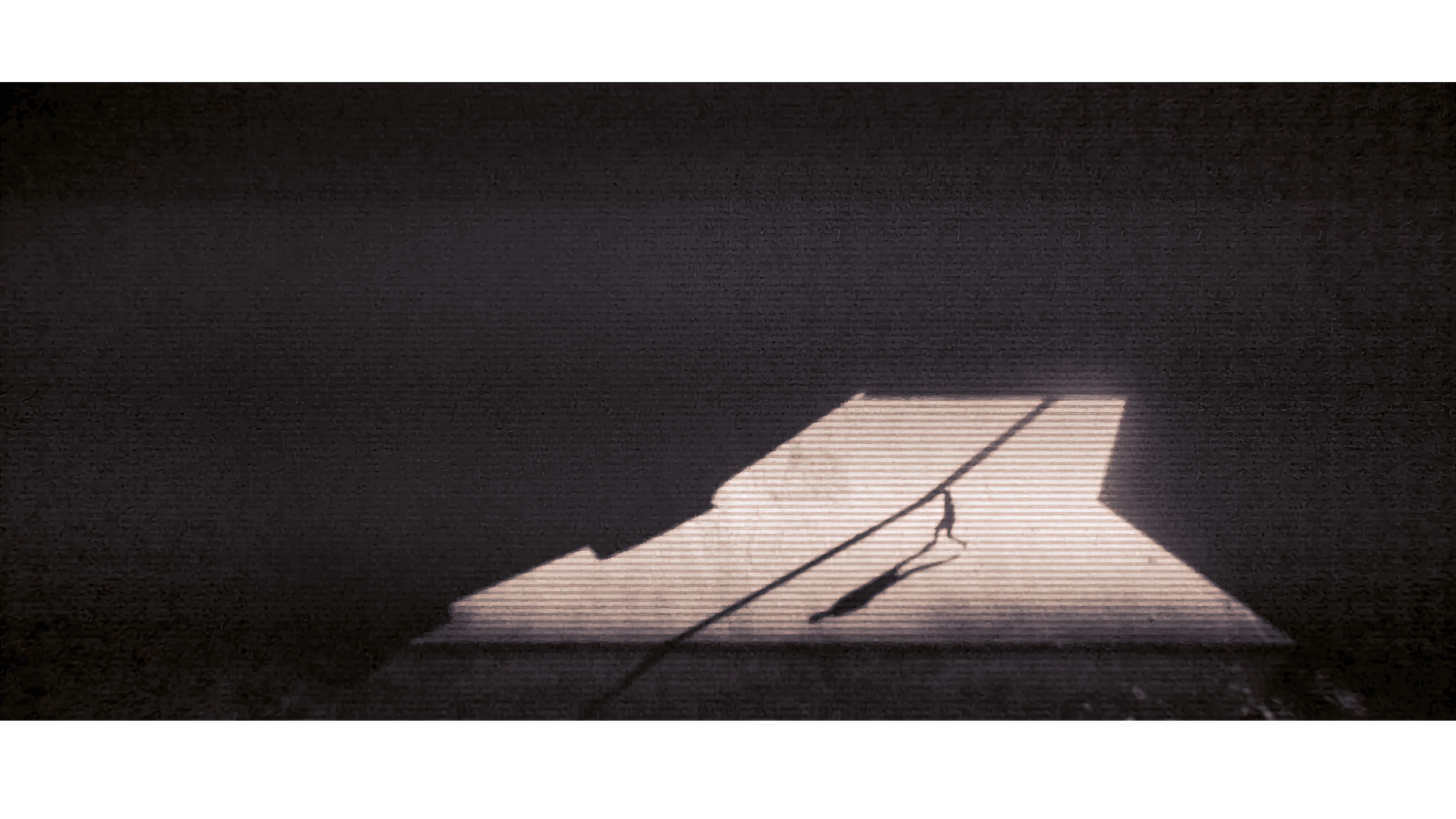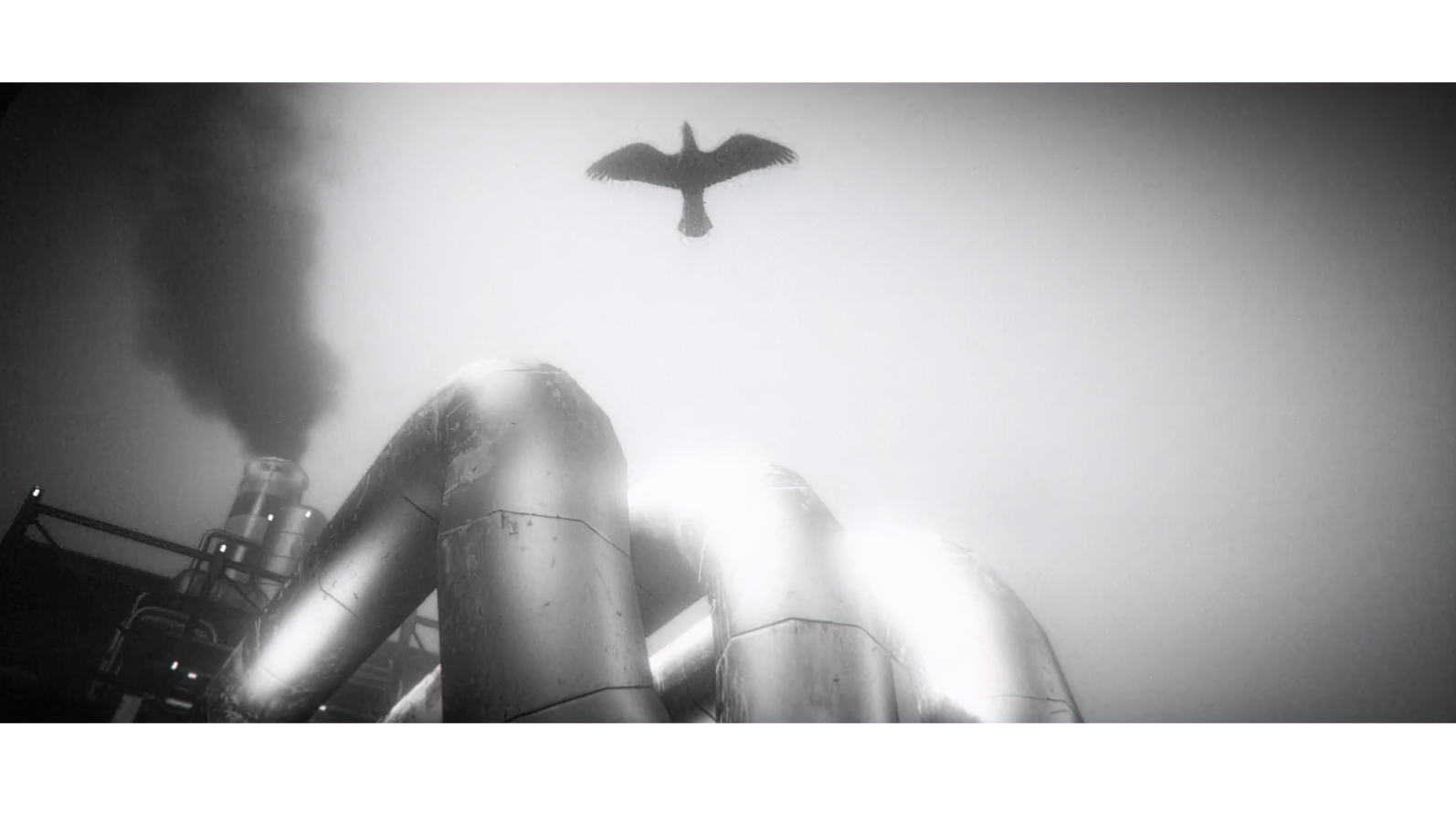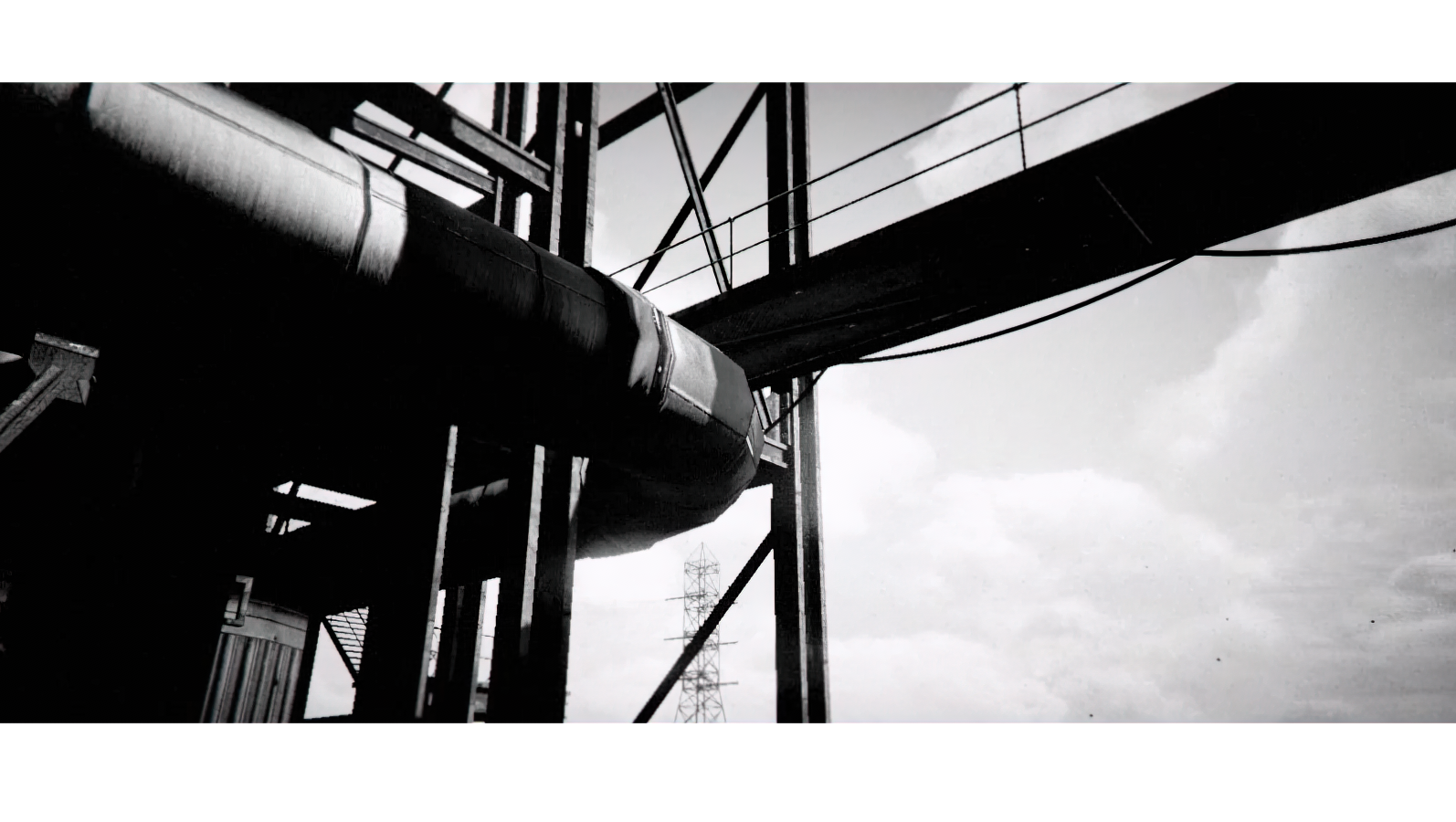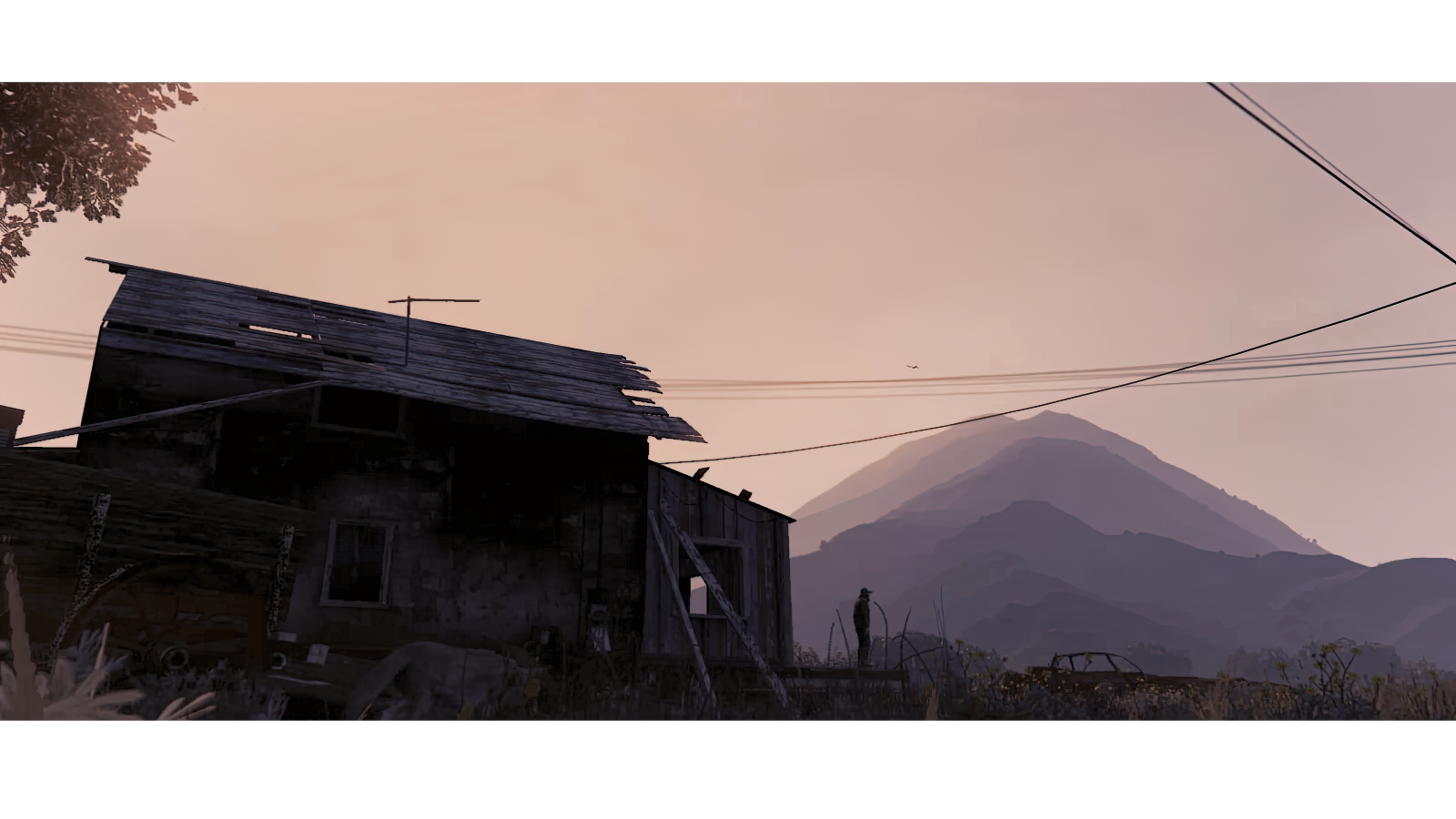PATREON-EXCLUSIVE CONTENT
〰️
PATREON-EXCLUSIVE CONTENT 〰️
The Milan Machinima Festival is elated to present Shank's 54, the latest collaboration between game design and artist Iain Douglas and poet Mark Coverdale, whose previous work Facing the wolf was featured in VRAL.
Shank's 54 is an interpretation of the 54 two-line verses written by the poet on repeated walks down a canal in Camden, London. The recreation is set within the world of Grand Theft Auto V,which itself attempts to simulate a dynamic, reactive, “living” urban environment. Shank’s 54explores homelessness and it provides insight into an event through the eyes of a homeless bystander, leading us to wonder about the identity of the narrator.
Iain Douglas is an artist working with machinima, game engines, film, and materials like paint and plaster. Iain’s practice explores the themes of loss. He lives and works in The Netherlands. For more information, please visit his website.
Mark Coverdale is a widely published performance poet, writing from the picket line, art gallery, and the terraces. Mark’s poems for these machinima are drawn from his interests in domestic industrial decline and the troubled events of the New European East. He lives and works in London. For more information visit his website.
Douglas and Coverdale's outstanding work is currently featured in The Neo Avant-Garde program and can be watched online until March 26 2023.
Matteo Bittanti discussed Shank's 54 with Douglas and Coverdale.
Matteo Bittanti: If I’m correct, “shanks” is a slang term for “legs”. What is it like to walk in a video game, considering that the act of deambulation is purely symbolic, that is, performed through finger play on a controller? Was this machinima the outcome of a psychographical kind of dérive in either/both virtual and physical spaces or did you intend to explore the representation of homelessness within Los Santos from the very beginning?
Iain: You are correct about shanks being a slang term for legs, it is also a slang term for a few other things from makeshift knives to periods of time (which for me was a lovely in road to some of the visual elements), however it is legs in the context of Mark’s verse. For my part of this collaboration, the film and installation were very much about homelessness. The homeless as with many other NPCs in Grand Theft Auto are very much bystanders, powerless observers, subject to the whims of players. Having lived in the UK, I have seen too much social injustice and the inequality that has caused so many people to live on the streets. In many cases these are very vulnerable people who, like in GTA, are the powerless observers to events and the victims of more. There was a period in 2013 when my family and I were homeless, that feeling of injustice, powerlessness and vulnerability still stings inside me ten years later. We were very lucky to not end up on the streets.
Mark: Well, how to follow such a fulsome answer. I think that Iain describes this aspect of visual impotency very personally and powerfully. I do, however, believe that as storytellers, it is a duty to give voice to those who can’t always do so. The fact that Iain instinctively picked up on the homeless character obliquely mentioned in the text, was a very necessary and affirming start to this process.
Having lived in London now for 20-odd years, I always liked the phrase 'Shanks’s Pony' and always associated it with Cockney Rhyming slang. It isn’t that, but when I produced the badge and gave it to my Cockney mate, the meaning was certainly confirmed. The connection between our four-legged friends and the industrial highway that was the British waterways adds a neat extra dimension too.
Matteo Bittanti
Works cited
Iain Douglas, Mark Coverdale
Shank’s 54
digital video/machinima, color, sound, 7’ 40”, England, 2022
Shank's 54: the installation
Iain Douglas and Mark Coverdale's latest machinima (or machinema, as they prefer to say) Shank's 54 was originally shown in 2022 at Enschede (B93), an art gallery located in the Netherlands. We are happy to share some installation shots from the event, courtesy of the Artists.
This is a Patreon exclusive article. To access the full content consider joining our Patreon community.


